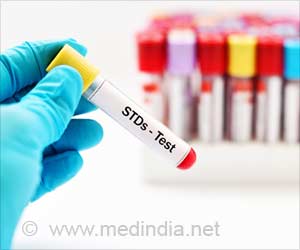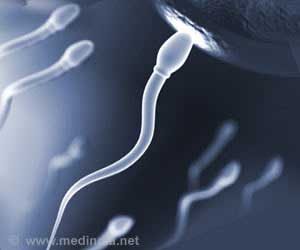A study of people newly diagnosed with HIV in the UK has found that sexually transmitted infections (STIs) are strongly associated with the transmission of HIV.
A study of people newly diagnosed with HIV in the UK has found that sexually transmitted infections (STIs) are strongly associated with the transmission of antiretroviral-resistant HIV.
Researchers from two UK hospitals and the Health Protection Agency have investigated the connection between two phenomena: sexually transmitted diseases (STIs) as a factor in HIV transmission, and the transmission of drug-resistant HIV. Sexually transmitted diseases in either or both sexual partners make HIV transmission more likely – probably due to a combination of factors, including increased HIV shedding and greater susceptibility of sexual mucous membranes.The transmission of antiretroviral drug-resistant HIV is also well-documented: studies have shown that it occurs frequently in the UK.
This study, presented last week at the Fourteenth Conference on Retroviruses and Opportunistic Infections in Los Angeles, looked at 185 cases of primary HIV infection (infections acquired during the preceding six months), culled from 604 new HIV diagnoses made between 2000 and 2005. These cases were nearly all in white gay and bisexual men: of the 185, 175 (95%) were white, 174 (94%) were male and 169 (96% of the males) were men who have sex with men (MSM). The median age was 34 years.
Genotypic resistance testing was performed on blood samples from all individuals; 28 (15%) were found to have resistance mutations based on IAS 2005 definitions – a figure comparable to similar UK studies. A variety of resistance patterns were identified, predominantly NRTI or NNRTI resistance (61% and 43% respectively); PI and multi-class resistance were found in 2 cases (7%) each.
One hundred and twenty-four (67%) of the participants were screened for STIs at HIV diagnosis or within the preceding three months; there was essentially no difference in screening frequency between the groups with and without transmitted drug resistance (TDR).
The researchers did not find any significant associations between TDR and recreational drug use, number of sexual partners, or report of unprotected intercourse, or between STIs and mutations thought to confer reduced viral fitness. The investigators state that “[in] this cohort of predominantly MSM we have demonstrated that TDR is significantly associated with the presence of an acute STI. The high prevalence of STIs in those with recent HIV infection and their effect in increasing viral shedding strongly supports the need for routine STI screening in those newly diagnosed with HIV and the need for close cooperation between HIV and STI services.” Further analysis of viral replication fitness is investigating whether STIs may help transmission of “less fit” virus; however, “interpretation of genotypic results thus far does not support this.”
Advertisement
SRM











